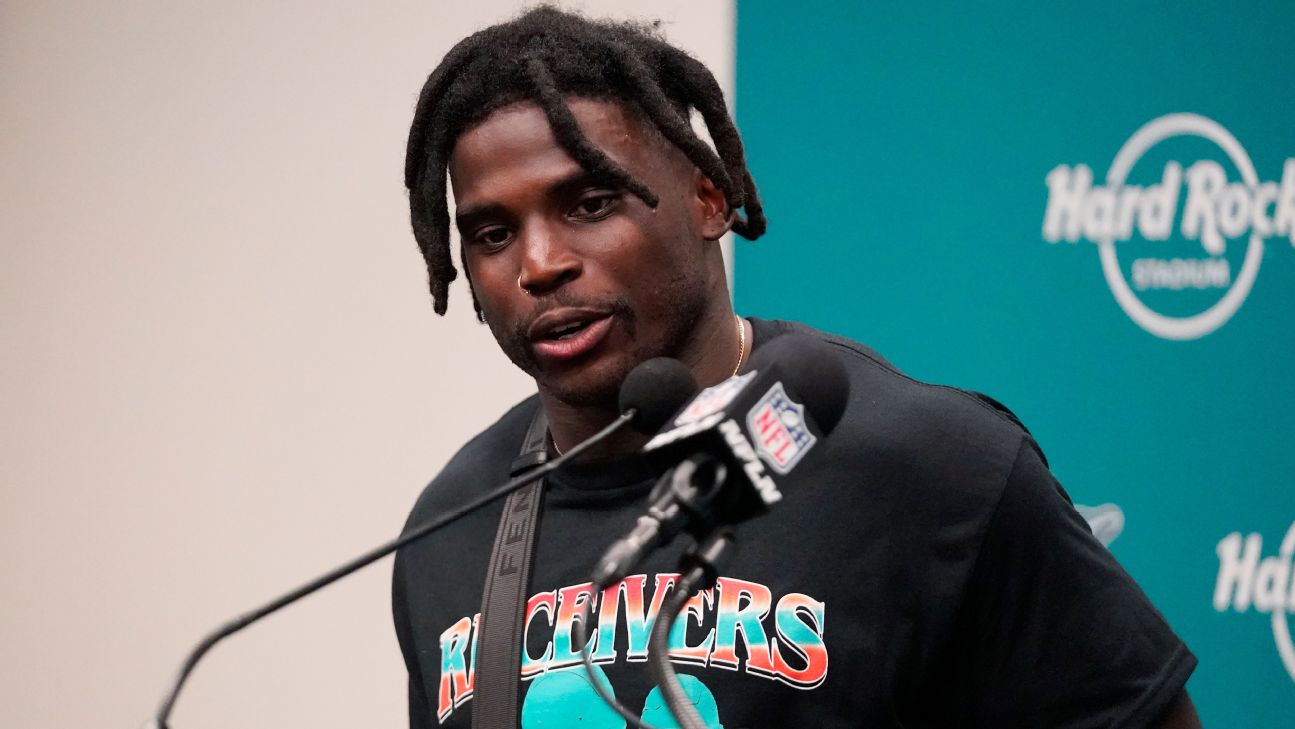
One year after Musk acquired Twitter: Traffic, revenue down across the board
X’s traffic, revenue, and users are way down a year after Elon Musk’s take over. Has Musk let that sink in?

It’s Oct. 27, 2023: Exactly one year after Elon Musk took over Twitter.
Much has changed. For one, the platform isn’t even called Twitter anymore. Musk changed the name to “X.” Mashable’s Chris Taylor just published a piece looking at some of Musk’s biggest decisions that altered the course of the company.
In this piece, however, we’re going to focus strictly on numbers and the astounding effects of Musk’s decisions – and it’s not looking too good.
The most striking of X’s plunging metrics is its daily active user count, a figure that the company has historically focused on to signal growth. In November 2022, around a month after his acquisition, Musk boasted that the platform was growing from more than 254 million daily active users before his takeover to nearly 260 million a month later.
However, during an interview at a tech conference last month, X CEO Linda Yaccarino shared that the platform currently has 245 million daily active users per month, a loss of roughly 3.7 percent.
New data from X paints a bleak picture
In a series of slides that Musk posted last November, he promoted other platform metrics like “new user sign-ups” and “active minutes.” According to the slide, the platform, then still known as Twitter, was pulling in an average of two million new user sign-ups per day. In addition, Musk claimed then that users spend eight billion active minutes on the platform.
However, in a new blog post from Yaccarino commemorating the one year anniversary of Musk’s take over, the company’s data shows drops in those metrics too. According to the post, new daily sign ups are at 1.5 million and active minutes spent on the platform has dropped to 7.8 billion. That’s a drop of 500,000 daily sign-ups and 200 million active minutes.
Using data from mobile analytics firm Sensor Tower, the Wall Street Journal also found that X is the only major social media platform to experience a loss in daily active mobile users over the past year. Usage has dropped by 16 percent over the past 11 months.
Furthermore, when it comes to X’s mobile apps, downloads are down, too. But the overall picture here is a much more interesting story. Musk’s takeover actually did provide a bump in downloads of X’s mobile app for three straight quarters when compared to before the acquisition. However, in the most recent quarter, which includes the period in which Musk changed the name from Twitter to X, mobile app downloads drastically decreased by 38 percent – the platform’s lowest app download numbers since 2019.
And it’s not just a mobile decline either. According to the web analytics firm SimilarWeb, traffic to X’s website is down by 14 percent when compared to last year.
Ad revenue isn’t looking good either
None of these numbers compare to the decline in X’s advertising revenue, however. Musk has struggled to keep advertisers around since the earliest days of his leadership. In his first weeks at the helm, half of the company’s biggest advertisers stopped running ads on the platform due to Musk’s content moderation decisions and his questionable antics. A report from Reuters earlier this month found that advertising revenue at Musk’s company declined every single month since the takeover. Over a 10 month period ending in August, Twitter’s overall revenue was down by a whopping 60 percent.
One metric where the company did grow was in X Premium subscribers. However, there’s more to that, which doesn’t paint such a rosy picture. When Elon Musk took over the platform, the subscription service, then known as Twitter Blue, wasn’t really a focus of the company. It was treated more like an experiment and had tens of thousands of paying users. Today, with Musk and company depending on X Premium to make-up for billions of dollars in lost ad revenue, third-party estimates say it’s pulling in nowhere near that.
In August, Mashable reported on data collected by Travis Brown, an independent researcher that tracks X Premium subscriptions, which found that there were just under one million subscribers. Today, it seems likely there are around 1 million X Premium subscribers in total paying the company $8 per month. But, those totals are far and away from the billions of dollars that X needed to make up from advertisers that left. Compared to Snapchat, a social media competitor who also launched its own paid subscription service last year around the same time as X, Musk’s platform isn’t looking so good. Snapchat recently announced it had signed up 5 million paying users for its subscription service in just around 12 months.
While things aren’t looking great for X, it’s still chugging along. For now. Musk paid $44 billion for the company and he overpaid by a lot. He’s also shared multiple times that the company has yet to become cash-flow positive. And investors are going to see some sort of return on investment at some point. How much longer can Musk’s X keep chugging along? We’ll probably soon find out.
Apple Watch imports to the U.S. may get banned — 3 reasons why
Apple’s signature smart watch may face some hurdles in getting imported to the U.S. soon.

Not even Apple is immune to international trade regulations.
The U.S. International Trade Commission (ITC) issued an order that could prohibit Apple from importing Apple Watches to the United States, according to Reuters. The devices have been manufactured in China and Vietnam in recent years.
Why Apple Watch imports may be banned in the U.S.
You may be wondering how could Apple, arguably the most prominent tech company in the U.S., could find itself in such a sticky situation? Allow us to break down why the popular wearable from the Cupertino-based tech giant is potentially in jeopardy.
1. Infringement of a medical tech company
At the root of all this is a medical tech company called Masimo. In January, a U.S. judge ruled in Masimo’s favor regarding Apple’s infringement on a Masimo patent for “light-based pulse oximetry functionality and components,” according to a Reuters report. The layman’s terms, this feature is blood-oxygen tracking, which was introduced alongside the Apple Watch Series 6 launch.
This actually isn’t the first time Apple has been found in violation of another company’s patents, specifically with Apple Watch. Last December, the ITC ruled that Apple infringed upon patents held by a company called AliveCor with the Apple Watch’s electrocardiogram (ECG) tech, though that particular ban order is currently on hold.
2. Failure of a presidential veto
Obviously, Apple’s alleged wrongdoing is the chief reason why Apple Watch imports may be banned. There is a way out for Apple, though it’s not a dependable one.
According to Reuters, the Biden administration has 60 days to issue a veto to the import ban order. However, this rarely happens, and so far, there’s no indication that it will occur this time. Apple can only cross its fingers and hope for the best on that front.
3. A rejection of Apple’s appeal
That said, there is one more potential out for Apple in this case. Once that 60-day review period is over, Apple is free to file an appeal, as is the norm with legal cases like this.
But obviously, it’s way too early to tell if Apple’s appeal (and the company said it will continue efforts to appeal in a statement to Reuters) will work. It’s also impossible to know, at this moment, which Apple Watch models would be impacted by this ban order if it does go through. These things take time.
In the meantime, Apple should maybe find a way to implement new features without allegedly infringing on other company’s patents.
Elon Musk to employees: In a year, X could replace bank accounts
In an all hands call with employees, Elon Musk shared his vision of X/Twitter becoming an all-encompassing finance hub.

Elon Musk plans to turn X, formerly Twitter, into an all-encompassing financial hub that will fully replace the need for banks. And he plans to do it in a year’s time.
Musk shared his ideas in an all-hands call with employees on Thursday. The Verge heard the call’s audio recording and was the first to report it.
Musk plans to pivot X into fintech
Musk shared his ideas about offering several financial services on X before. In fact, he said it in his very first meeting with Twitter employees, but it looks like his ambitions have continued to grow.
“If it involves money. It’ll be on our platform. Money or securities or whatever. So, it’s not just like ‘send $20 to my friend.’ I’m talking about, like, you won’t need a bank account,” he said on Thursday. “It would blow my mind if we don’t have that rolled out by the end of next year.”
It’s no secret that the somewhat hasty rebranding of Twitter harkens back to X.com, Musk’s online banking project that merged with Confinity in 2000, which later became PayPal. And Musk believes his original vision for X.com is still feasible.
“The X/PayPal product roadmap was written by myself and David Sacks actually in July of 2000,” he said. “And for some reason PayPal, once it became eBay, not only did they not implement the rest of the list, but they actually rolled back a bunch of key features, which is crazy.”
In other words, loans, debit cards, savings – as well as the ability for users to send money to each other regardless of where they are – may all be under X’s umbrella one day.
In a recent blog post, CEO Linda Yaccarino briefly mentioned payments. “We want money on X to flow as freely as information and conversation. We have already secured first money transmitter licenses in several states, and we are moving toward launching a global payment system – more soon,” she wrote.
Musk’s ideas don’t sound that otherworldly when you consider services such as WeChat, a China-based social media platform that also offers money transfers, payments, and other financial services. But it might be a tall order given that X’s daily active users are reportedly plummeting. Additionally, convincing users to switch to its paid tier has been challenging.
X claims that Premium subscribers spend three times longer on the platform than non-subscribers. Perhaps tellingly, the company doesn’t mention how many Premium subscribers have signed up so far.
Big Xbox Shakeup Might Avoid Another Redfall Debacle

Today Microsoft announced a re-organization within its Xbox division that will see ZeniMax and Bethesda Game Studios report more directly to head of game services, Matt Booty. The shift comes after vampire shooter Redfall was so poorly recieved that Microsoft Gaming CEO Phil Spencer went on a fan podcast to publicly…















